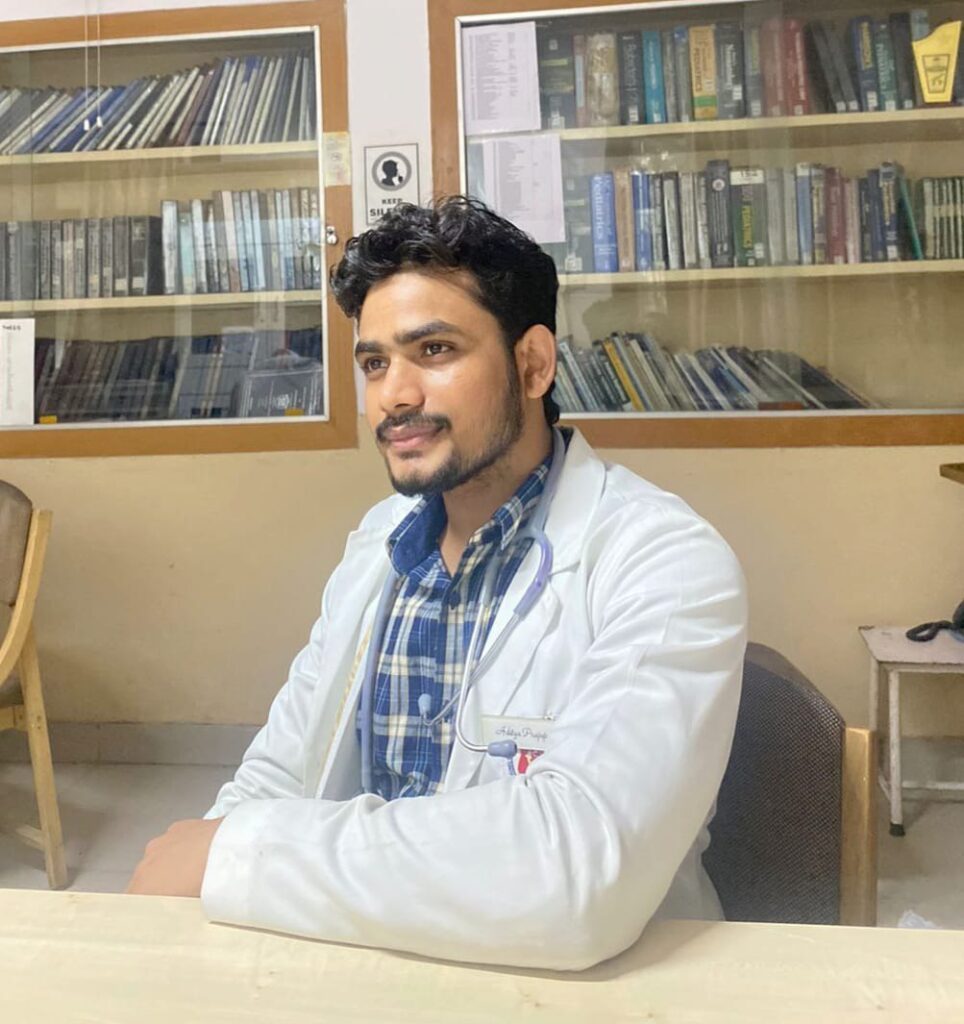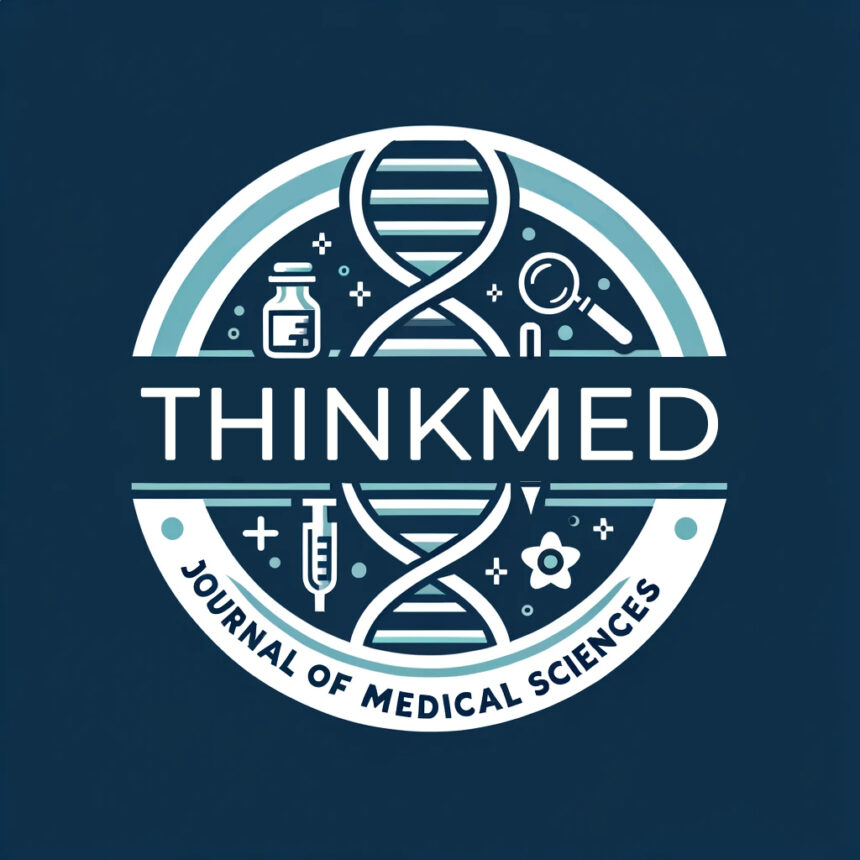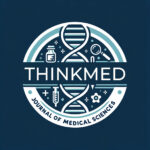Unveiling the Tangled Threads of Memory Loss

AUTHOR: DR ADITYA KUMAR, King George’s Medical University
1. Introduction: Diffuse Lewy body dementia (DLBD) weaves a stealthy tapestry of cognitive decline, insidiously stealing memories and disrupting daily life. Unlike its better-known cousin, Alzheimer’s disease, DLBD paints its canvas with a unique blend of Lewy bodies – protein aggregates that disrupt brain function – and a constellation of non-cognitive symptoms, making it a diagnostic and therapeutic enigma. Delving into the intricate threads of DLBD’s pathology, diagnosis, and management empowers us to navigate the labyrinth of this complex neurodegenerative disorder.
Opens in a new windowwww.verywellhealth.com
person with diffuse Lewy body dementia looking confused
2. A Tangled Dance of Lewy Bodies: The protagonists in DLBD’s tragic drama are Lewy bodies, misfolded alpha-synuclein proteins that accumulate in neurons throughout the brain. These insidious invaders disrupt dopamine signaling, a crucial neurotransmitter for movement, cognition, and mood. The battleground is widespread, encompassing the cortex (responsible for thinking and memory), brainstem (governing sleep and autonomic functions), and limbic system (influencing emotions and behavior). This widespread cellular infiltration results in the diverse and often fluctuating clinical features that characterize DLBD.
3. A Kaleidoscope of Clinical Manifestations: Unlike Alzheimer’s disease, which primarily targets memory, DLBD’s clinical repertoire is as diverse as a kaleidoscope. Fluctuations in cognitive function, with periods of clarity interspersed with confusion and disorientation, take center stage. Visual hallucinations, vivid and often dreamlike, can haunt patients, making the line between reality and illusion blur. Sleep disturbances, particularly REM sleep behavior disorder (RBD) characterized by acting out dreams, become unwelcome companions. Rigidity, tremors, and gait instability, reminiscent of Parkinson’s disease, may join the chorus of motor symptoms. This multifaceted presentation underscores the importance of a comprehensive clinical evaluation and close collaboration between neurologists, psychiatrists, and sleep specialists for accurate diagnosis.
4. Unveiling the Mask: A Diagnostic Odyssey: Unmasking DLBD requires a multifaceted approach. Detailed clinical history and physical examination provide the initial brushstrokes. Neuropsychological testing unveils the extent of cognitive decline and identifies characteristic patterns of memory impairment. Brain imaging, including SPECT scans to assess dopamine transporter function and MRI to detect potential structural abnormalities, lends further support. However, the definitive diagnosis rests upon neuropathological confirmation through postmortem examination, revealing the telltale Lewy bodies within affected brain regions.
5. Navigating the Therapeutic Terrain: While a definitive cure for DLBD remains elusive, effective management strategies can alleviate symptoms and improve quality of life. Acetylcholinesterase inhibitors, medications originally developed for Alzheimer’s disease, may offer modest cognitive benefits in some patients. Levodopa, a mainstay in Parkinson’s disease therapy, can improve parkinsonian symptoms like tremors and rigidity. However, due to the risk of worsening hallucinations and confusion, its use in DLBD requires careful consideration and close monitoring. Addressing non-motor symptoms, such as sleep disturbances and mood fluctuations, through medications and non-pharmacological interventions like cognitive behavioral therapy, becomes equally crucial in managing the multifaceted tapestry of DLBD.
6. A Glimmer of Hope on the Horizon: Despite the challenges, the landscape of DLBD research is blossoming with hope. Ongoing studies explore novel therapeutic targets, including medications aimed at reducing Lewy body formation and progression, and biomarkers for earlier diagnosis and improved treatment personalization. The quest for a definitive cure, though arduous, continues to drive scientific exploration, aiming to one day unravel the tangled threads of DLBD and restore the vibrancy of memories once lost.
7. Conclusion: Diffuse Lewy body dementia remains a complex and challenging neurodegenerative disorder. However, by deconstructing its intricate pathology, recognizing its multifaceted clinical presentations, and embracing a holistic management approach, we can navigate the labyrinth of DLBD and illuminate the path towards improved care and, hopefully, one day, a cure. As research continues to unravel the mysteries of this enigmatic disease, a glimmer of hope emerges, promising a future where the vibrant tapestry of memories remains untangled, even in the face of Lewy body invasion.



